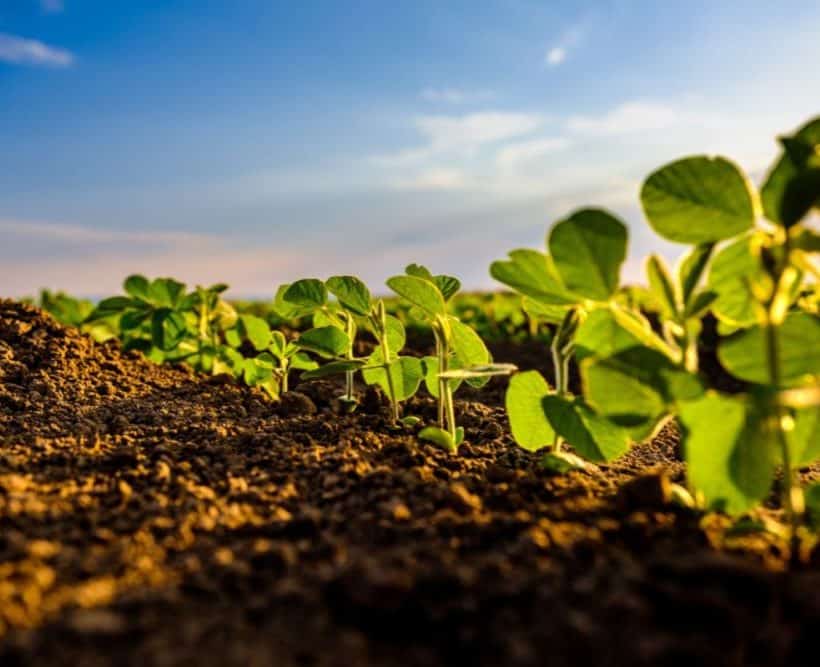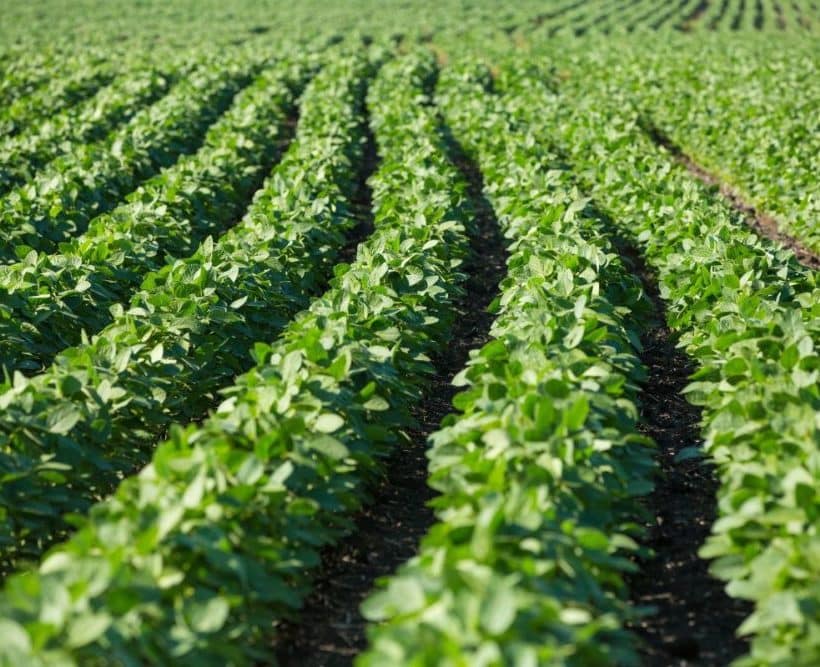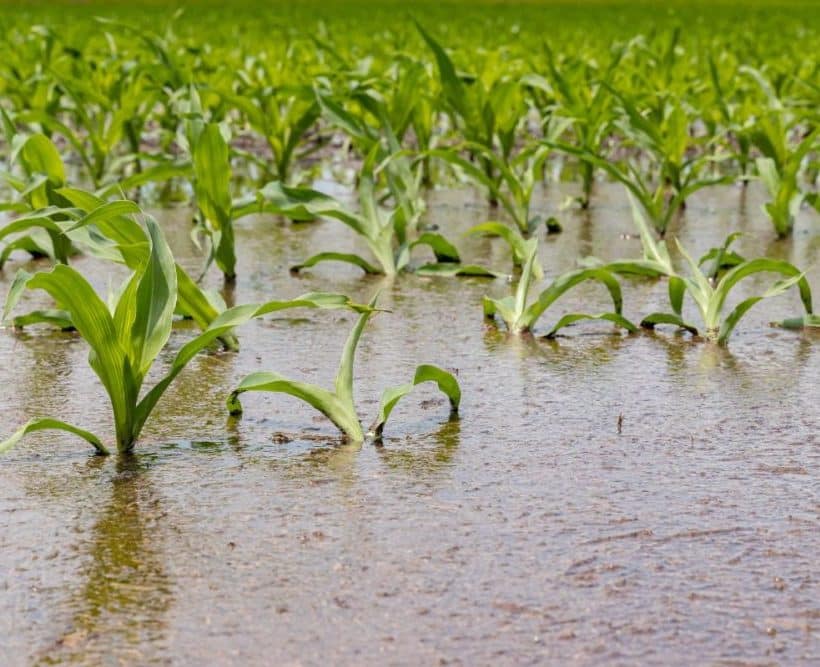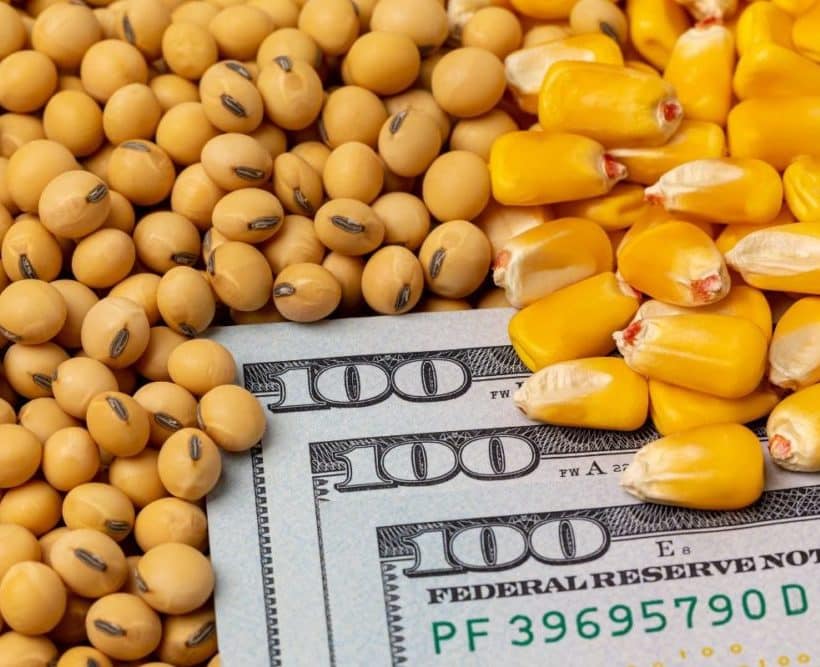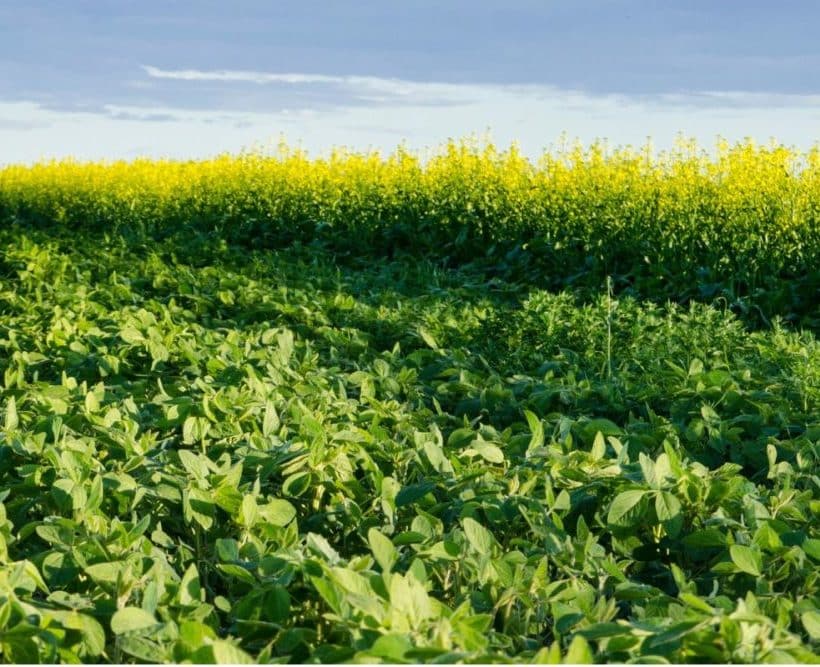FAS bullish on Argentine soybean crop
Strong soybean production and crush are anticipated in Argentina in the 2024-25 marketing year, but those lofty projections could be impacted by a developing La Niña weather pattern, according to the latest report from the Foreign Agricultural Service (FAS) of the US Department of Agriculture. With nearly 90% of the soybean crop planted, crop development...
Heat, dryness expected in Brazil
Most of the commodity trade fear of La Niña negatively influencing South America has passed. Weather conditions since the end of October have been mostly very good in Brazil and Argentina and the market mentality has been more bearish than bullish over futures prices; however, changing weather this month is likely to bring a little...
Brazil’s grain production dips in 2023-24
Grain production in Brazil is estimated at 298.41 million tonnes for the 2023-24 marketing year, a drop of 21.4 million tonnes compared to the previous year, according to Conab, the country’s food supply and statistics agency. This would still be the second largest crop in the survey’s history. In its 12th Grain Harvest Survey for 2023-24...
Cargill earns two BIG Sustainability Awards
Business Intelligence Group (BIG) has named Cargill the winner of a pair of 2024 BIG Sustainability Awards in recognition of the company’s global efforts within the agriculture and food value chains. Cargill was the recipient of both the Sustainability Leadership Award and Sustainability Initiative of the Year Award for its Hatching Hope program. These BIG...
Canada funds work to develop more resilient soybeans
The government of Canada awarded up to C$2.3 million over four years to Performance Plants Inc. (PPI) to develop change-resistant, high-yielding soybeans. The award is through the AgriScience Program–Projects Component, an initiative under the Sustainable Canadian Agricultural Partnership. PPI’s objective is to create soybean varieties that are more heat and drought-tolerant, herbicide-resistant, use water efficiently...
Key US crop areas battle too much, too little rain
Weather typically is the main force affecting agricultural commodity markets, from planting in the spring (or fall for winter wheat) to harvest in the fall (or summer for winter wheat), especially during the growing season for all crops. The most recent examples were from Russia, the world’s largest wheat exporter, and Brazil, the world’s largest...
Grain market review: Oilseeds
The prospect of ample supplies, despite weather problems in some producing regions, is pushing oilseeds prices lower. The Foreign Agricultural Service (FAS) of the US Department of Agriculture said on June 12 in its Oilseeds: World Markets and Trade report that the US soybean oil price premium compared to other major exporters has declined, and...
Larger second crop to boost Argentina’s soy production
Argentina’s soybean production is expected to increase in 2024-25, with a larger planted second soy crop, according to a report from the Foreign Agricultural Service (FAS) of the US Department of Agriculture (USDA). Production is estimated at 51 million tonnes, up 1.5 million tonnes from the previous harvest. Soybean planted acreage is forecast to increase to 17.8 million hectares with an increased second soy crop planting due to fears of a dry year and the potential threat of the chicharrita…
CoBank: Grain, oilseed prices continue to slide
Grain and oilseed prices continued to slide last quarter under pressure of a strengthening US dollar, arrival of the South American harvest and plentiful domestic inventories, according to a new quarterly report from CoBank’s Knowledge Exchange. Corn, grain sorghum, barley and oats all saw major reductions since last year, while soybeans, cotton, spring wheat and durum wheat each experienced increases, the report said.
Ukraine to plant more oilseeds.
While Ukrainian farmers are expected to plant more oilseeds, with the exception of sunflowers, production volumes in 2024-25 could be dampened by lower yields. Soybean production area is estimated at 2.1 million hectares, an 18% increase, and rapeseed area is estimated at 1.5 million hectares, a 7% increase, according to a report from the Foreign Agricultural Service (FAS) of the US Department of Agriculture. Sunflower seeds production area is about the same at 5 million hectares.




